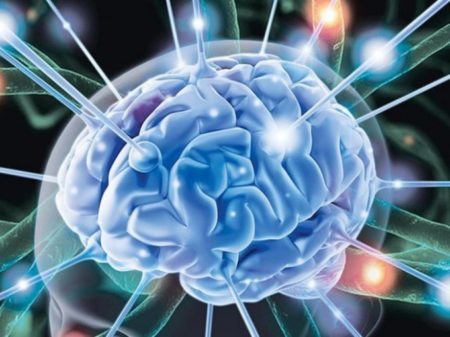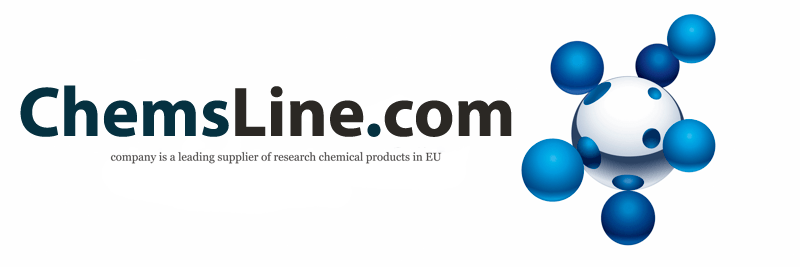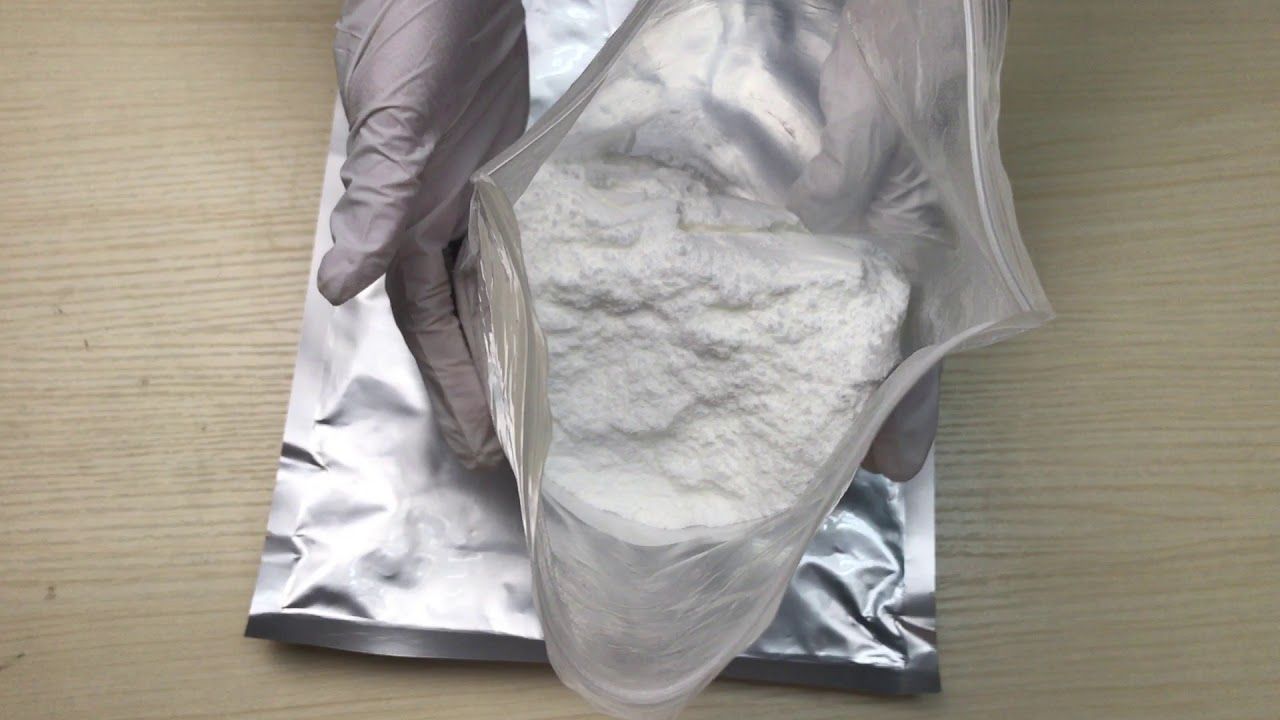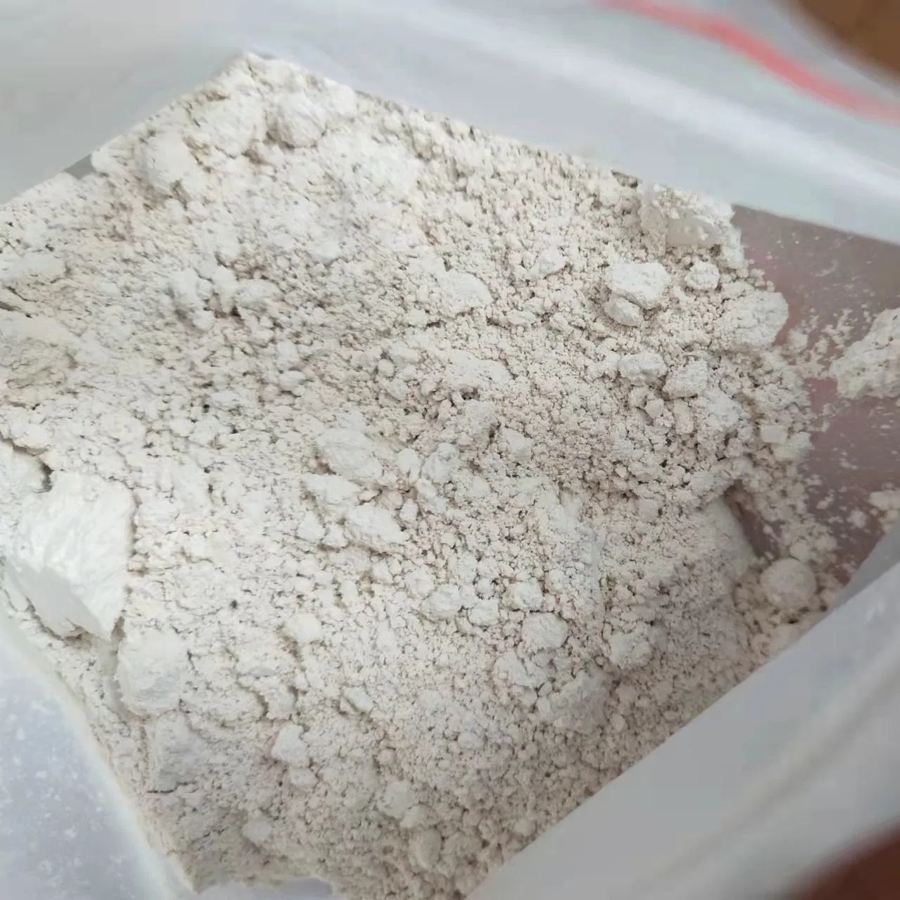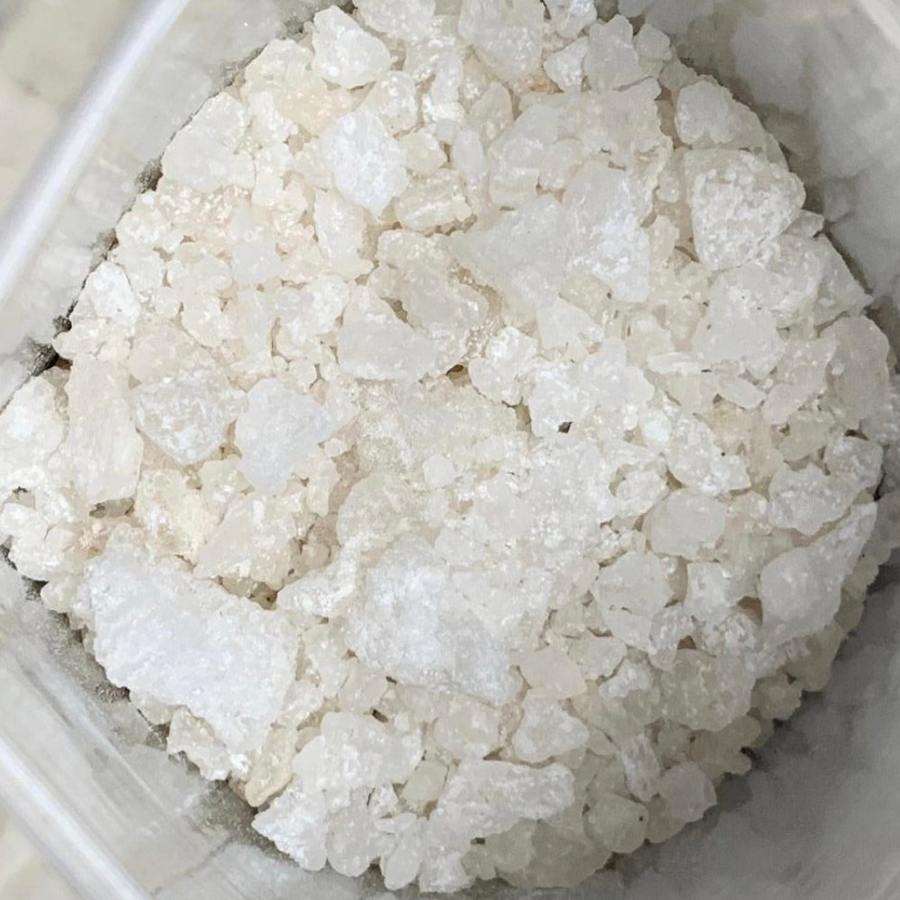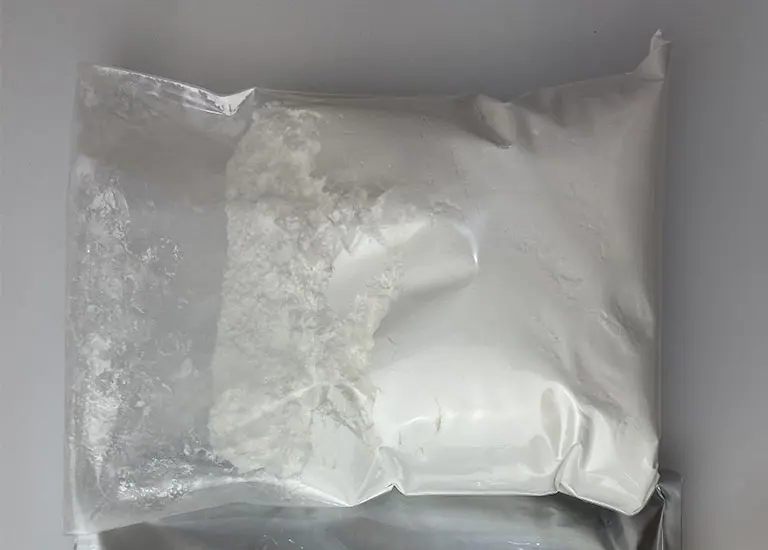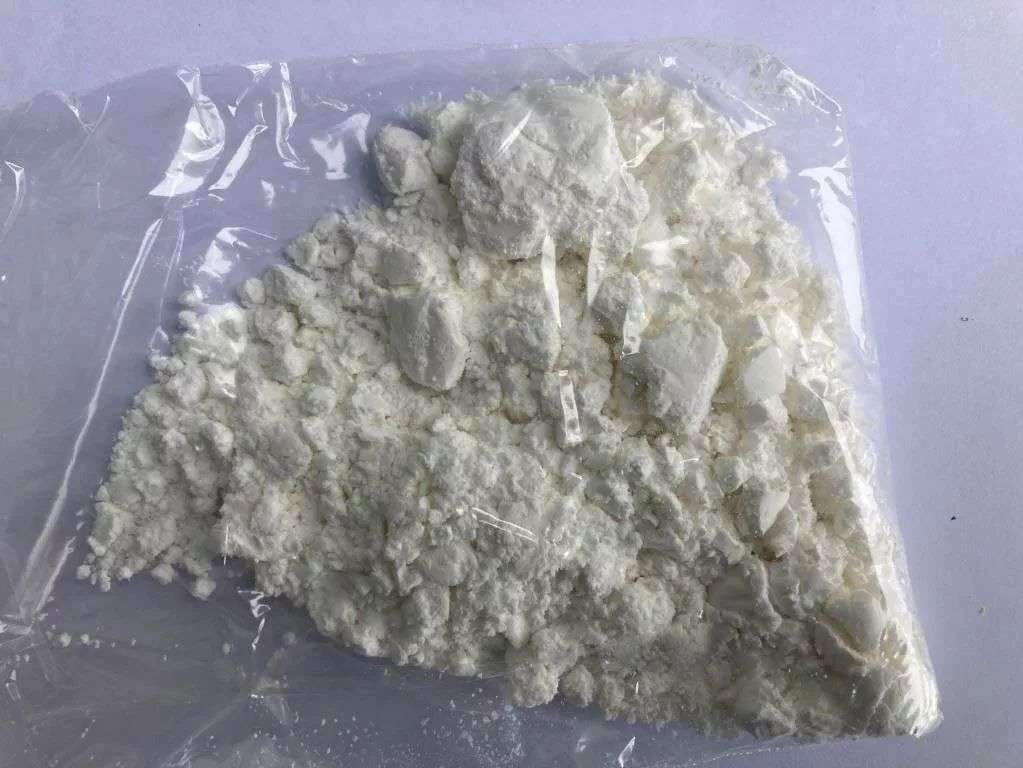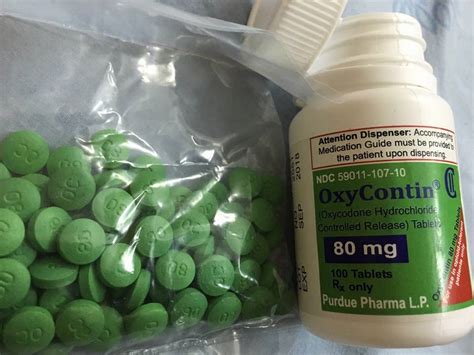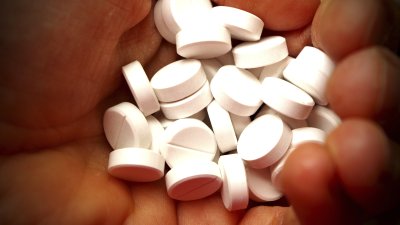
Tranquilizers
The word “tranquilizer” has a Latin root meaning “calm“. This group of drugs consists of those that relieve anxiety, fear, and various neurotic states. They act on the body in a complex, in several directions, providing anxiolytic (if we recall Latin again – anti–anxiety, relieving fear, tension, irritability), sedative (soothe and relax the nervous system), hypnotic (improve the quality and duration of sleep), muscle relaxant (have antispasmodic, reducing the tone of skeletal muscles, properties and relieve neurotic motor anxiety) and anticonvulsant (suppress epileptogenic activity, which increases with legged cases of depression). In addition to these properties, tranquilizers in various ways are able to remove hypochondria (painful suspiciousness) and obsessivity (obsessive thoughts). Actually, depending on the ratio of these actions on the body and tranquilizers vary. Based on each case, doctors prescribe the most appropriate drug. Let’s stop at this word: doctors! And not a colleague, a neighbor, a friend whom the other friend “advised and helped.”
Modern tranquilizers, which doctors most often prescribe for anxiety disorders, make up the benzodiazepine series; this is a class of substances used to treat symptoms of mental anxiety, perevozbudimosti, panic attacks, withdrawal syndrome in the treatment of alcohol and drug addiction. The most popular tranquilizers of this series are already obsolete chlordiazepoxide (Elenium), which still continue to be given in hospitals, modern diazepam (trade name valium), fashionable alprazole (xanax), familiar to phenazepam, medazepam (mezapam) and others. All of these tranquilizers are gradual addictive, so they are available on prescription and should be taken exclusively under its control. It is believed that the reception for two to three weeks is safe, then – if necessary, use drugs – you need to take a break. Some of the “lighter” drugs almost do not cause addiction (afobazole, atarax), but their effectiveness is lower. When taking anti-anxiety agents, the principle of gradual dose increase is observed, and the “exit” from the course of administration also occurs with a gradual decrease in concentration. In some cases, the use of tranquilizers requires caution for people whose professions are associated with the need to be constantly on the alert. However, the effect of tranquilizers on attention concentration is an infrequent side effect.
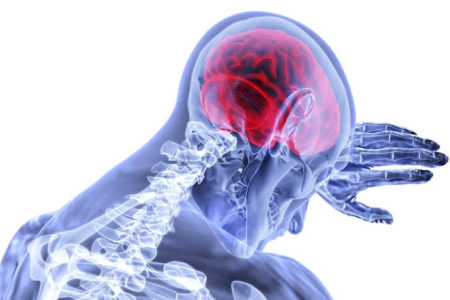
Antidepressants
This group of medicines has a speaking name: they are aimed at treating depression, their vocation is to improve mood. Antidepressants are classified into categories depending on the mechanism of action, almost all of them block the breakdown of different types of monoamines, that is, the hormones serotonin, norepinephrine, dopamine, phenylethylamine, since it is an insufficient level of these hormones in the human brain for a long time and leads to depression. To achieve a stable desired level of monoamines, you need a long comprehensive treatment. Antidepressants are usually prescribed along with tranquilizers. While the latter relieve signs of anxiety from almost the first use, antidepressants should accumulate in the body, and often their pronounced effect begins only a few weeks after the start of administration. Typically, the standard course of taking antidepressants ranges from two to three months to six months.
In addition to the classification of antidepressants by the type of captured monoamines, in which it is very difficult for a layman to understand, there is a more “humane”, understandable man in the street, and it is based on the clinical effect. Inside it are antidepressants of a sedative effect (trimipramine, amitriptyline, azafen, doxelin, trazodone, fluvoxamine), stimulants (imipramine, desipramine, fluoxetine, moclobemide, and other minoamine oxidase inhibitors, which were originally discovered as derivatives of amphetamine and today, also used for today, and today, for example, and for life today and for life. The last group – drugs that combine soothing and stimulating properties (pyrazidol, maprotiline, tianeptine, clomipramine). The secondary properties of antidepressants, sedatives or activating, can manifest themselves in the first days of therapy, in contrast to the main feature – increasing the level of “hormones of joy and love.” The whole trick of prescribing certain drugs by a doctor is based on the degree and nature of the patient’s mental disorder. Thus, an easily stimulated neurotic with signs of manic-depressive psychosis, antidepressant-stimulants will do more harm than good, and patients with unhealthy melancholic sedatives will fall into prostration.
In addition to directly depressed, antidepressants can be prescribed in the treatment of panic disorders, insomnia, obsessive-compulsive disorders, and also as an adjunct in the treatment of alcohol or drug addiction. But similar problems today suffer almost half of the adult population! Statistics show, for example, that about 60 percent of women in menopause are depressed.
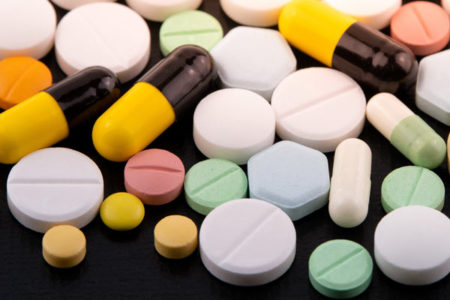
Nootropics
In the period of protracted sluggish depressions or intense mental and mental stress, a resident often finds absent-mindedness, memory impairment, and general fatigue. Students during sessions, people of mental labor during periods of project delivery, with complaints of lethargy, mental fatigue, reduced concentration of attention, doctors often recommend taking nootropic drugs. From a medical point of view, there is no single classification, they belong to psychostimulants and are combined into one group on the basis of improving cerebral circulation, increasing resistance to psycho-emotional and mental stress. Nootropics accelerate glucose utilization, enhance the transmission of nerve impulses in neurons, nourish and participate in the regeneration of nerve cells, increase their resistance during hypoxia and the action of adverse factors … In short, the vocation of nootropics is to improve the integrative activity of the brain. The simplest, glycine and phenibut, are amino acids that regulate mood, have a positive effect on cognitive processes, and are prescribed even for children in conditions of complex adaptation in school. Piracetam (the trade name for nootropil) and especially fenotropil have a lot of side effects, including tachycardia, vascular dystonia, panic attacks, and sometimes stop any manifestation of emotions, making the brain cold and focused. Drugs must be sold by prescription, but often they are released in pharmacies “at random”. Fear is also caused by the fact that fenotropil is not represented in the United States and several European countries, and in athletes it is banned as doping. Vinpocetine is a much kinder remedy of plant origin, produced from the plant alkaloid with the Ukrainian name periwinkle (in our opinion, the loach), is included in the list of vital medicines. This drug causes concentration, enhances glucose utilization, improves oxygen supply to the brain. Picamilon is more often prescribed in the treatment of vascular diseases of the brain than in the treatment of attention disorders, where it is, in fact, ineffective, since it has no stimulating effect.
Despite the fact that nootropics in the medical world are now very praised, you need to be careful with them. Their effectiveness decreases with constant use, the body adapts to substances of this kind. This means that in the future, with serious violations of cerebral circulation, nootropics, which are the main treatment, will not help. Some types of these drugs greatly expand the blood vessels of the brain, which violates the structure of the nervous tissue, and an overdose of nootropics can lead to brain hemorrhage.
